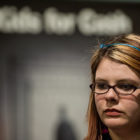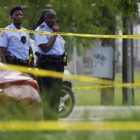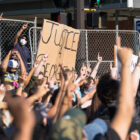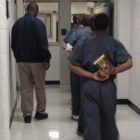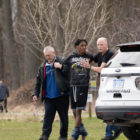
Minorities are less likely than whites to bypass courts for community-based rehabilitation, new analysis finds
|
Citing, among others, the case of a Black boy who first was incarcerated, at 14, for stealing candy and, at 16, died at a restrictive wilderness camp where he was sent for violating curfew and other parole violations, this new report from The Sentencing Project suggests that U.S. courts divert comparatively fewer minority youth into community-based service or other rehabilitation. And diversion, overall, is sought less often than it should be.

